Renewables made up 92% of new generating capacity in the U.S. in the first half of 2021
Renewable Energy World
AUGUST 25, 2021
biomass, geothermal, hydropower, solar, wind) dominated new U.S. by June 2024). High probability” generation capacity additions for wind, minus anticipated retirements, reflect a projected net increase of 21,129 MW while solar is foreseen growing by 44,385 MW. Combined, net electrical generation by wind and solar is 14.1%


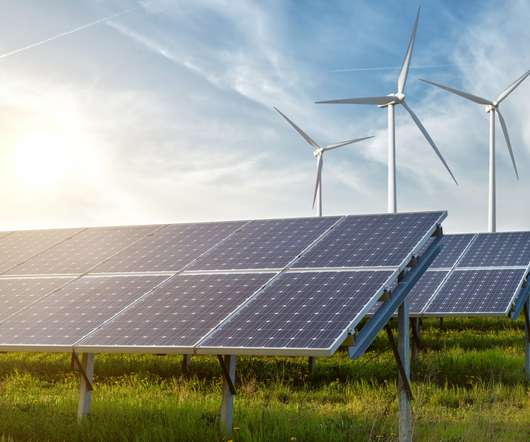
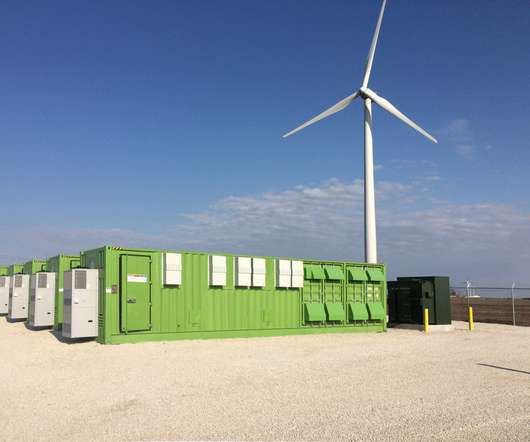
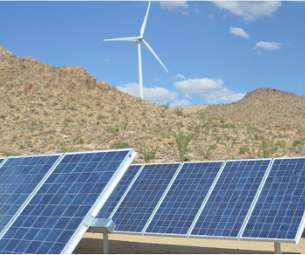

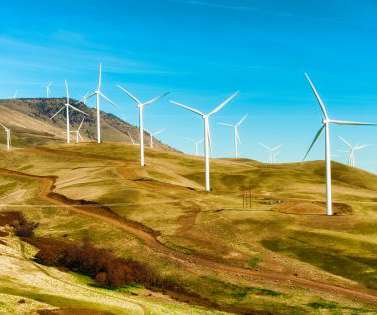

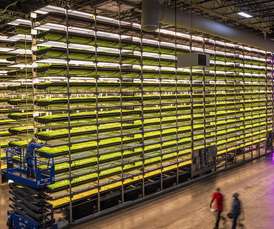
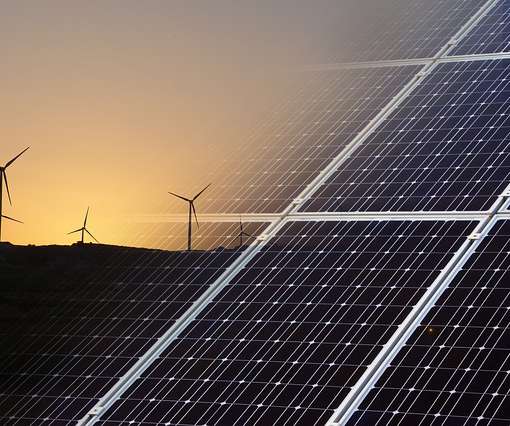
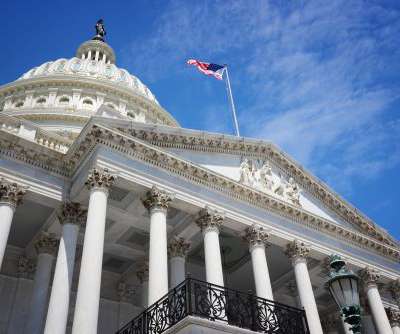








Let's personalize your content